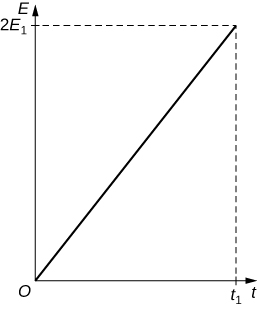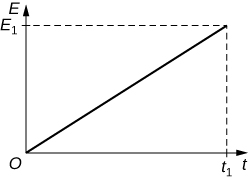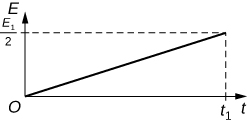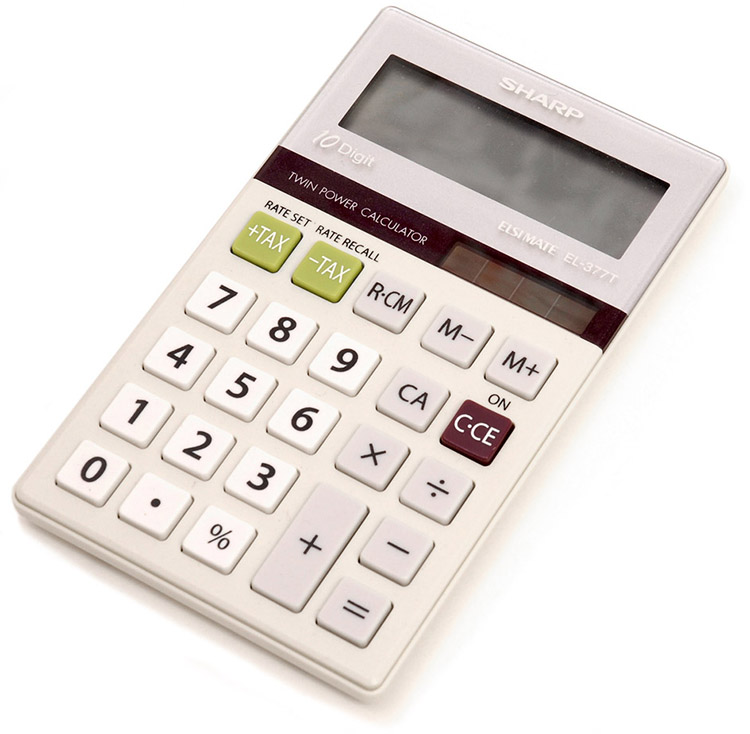| << Chapter < Page | Chapter >> Page > |
1) Make a list of the power ratings on a range of appliances in your home or room. Explain why something like a toaster has a higher rating than a digital clock. Estimate the energy consumed by these appliances in an average day (by estimating their time of use). Some appliances might only state the operating current. If the household voltage is 120 V, then use . 2) Check out the total wattage used in the rest rooms of your school's floor or building. (You might need to assume the long fluorescent lights in use are rated at 32 W.) Suppose that the building was closed all weekend and that these lights were left on from 6 p.m. Friday until 8 a.m. Monday. What would this oversight cost? How about for an entire year of weekends?

The circuit shown contains a resistor R connected to a voltage supply. The graph shows the total energy E dissipated by the resistance as a function of time. Which of the following shows the corresponding graph for double resistance, i.e., if R is replaced by 2 R ?




What will be the ratio of the resistance of a 120 W, 220 V lamp to that of a 100 W, 110 V lamp?
10:3 or 3.33
and
Why do incandescent lightbulbs grow dim late in their lives, particularly just before their filaments break?
The power dissipated in a resistor is given by , which means power decreases if resistance increases. Yet this power is also given by , which means power increases if resistance increases. Explain why there is no contradiction here.
What power is supplied to the starter motor of a large truck that draws 250 A of current from a 24.0-V battery hookup?
A charge of 4.00 C of charge passes through a pocket calculator's solar cells in 4.00 h. What is the power output, given the calculator's voltage output is 3.00 V? (See [link] .)

How many watts does a flashlight that has pass through it in 0.500 h use if its voltage is 3.00 V?
Find the power dissipated in each of these extension cords: (a) an extension cord having a resistance and through which 5.00 A is flowing; (b) a cheaper cord utilizing thinner wire and with a resistance of
(a) 1.50 W
(b) 7.50 W
Verify that the units of a volt-ampere are watts, as implied by the equation .
Show that the units , as implied by the equation .

Notification Switch
Would you like to follow the 'College physics for ap® courses' conversation and receive update notifications?